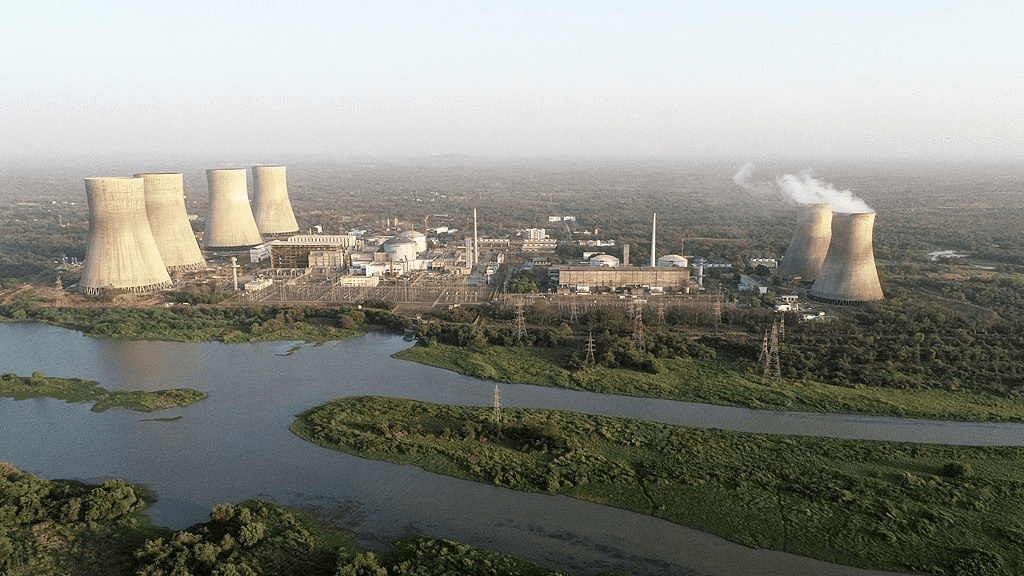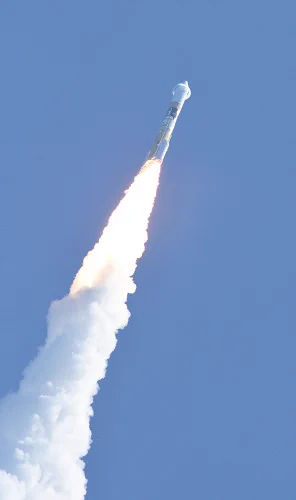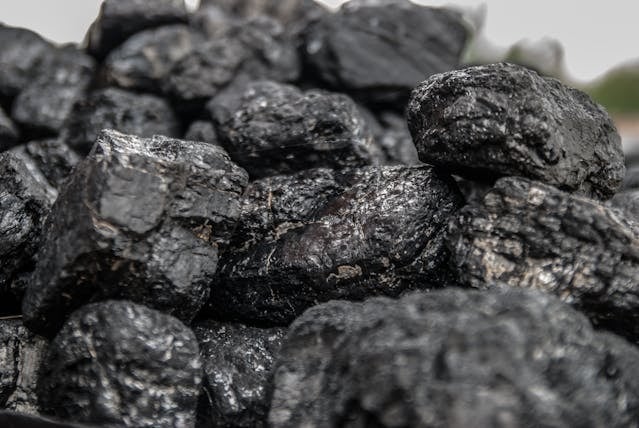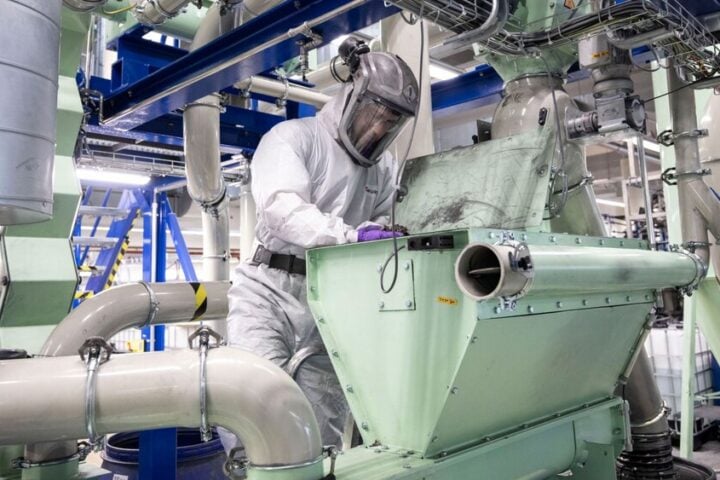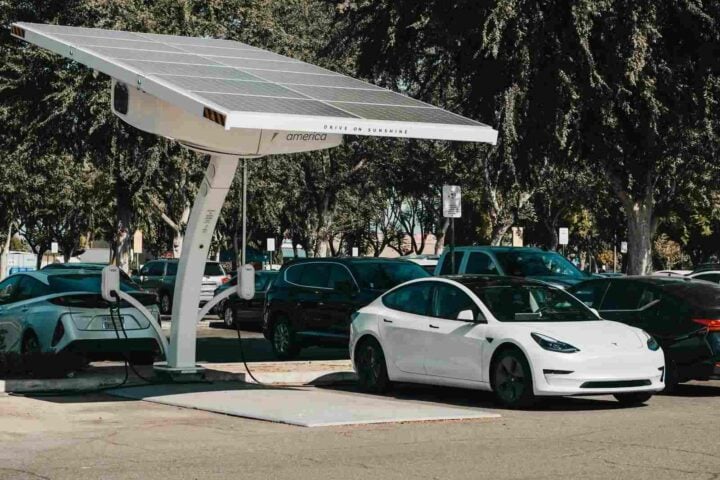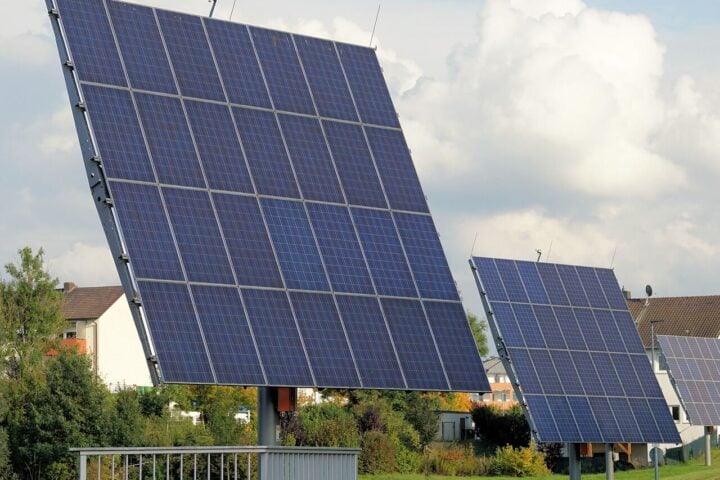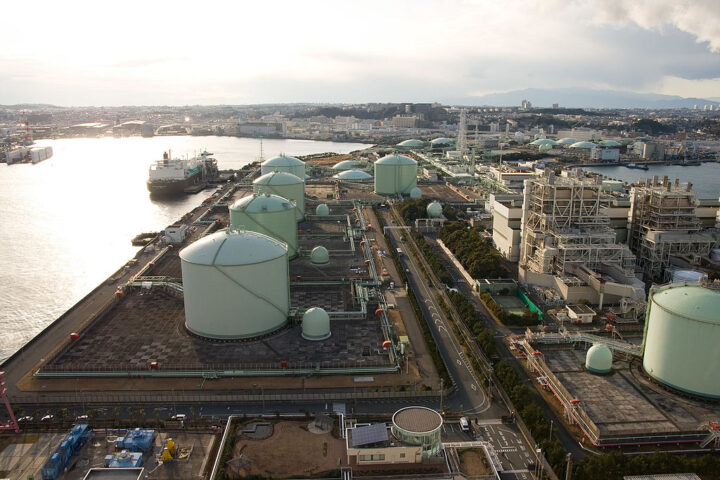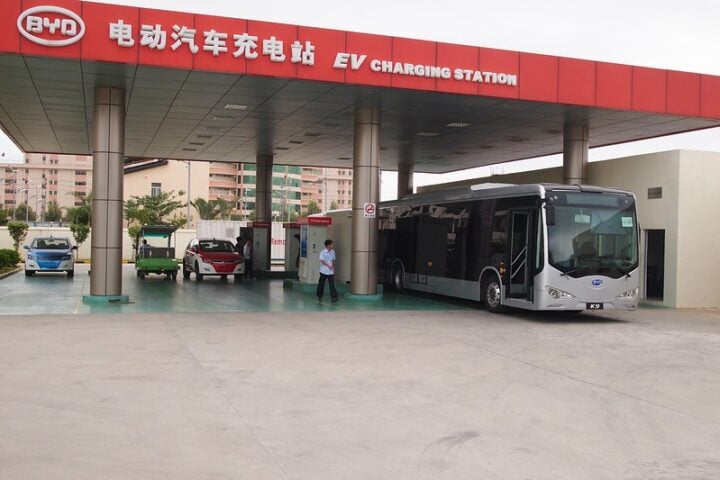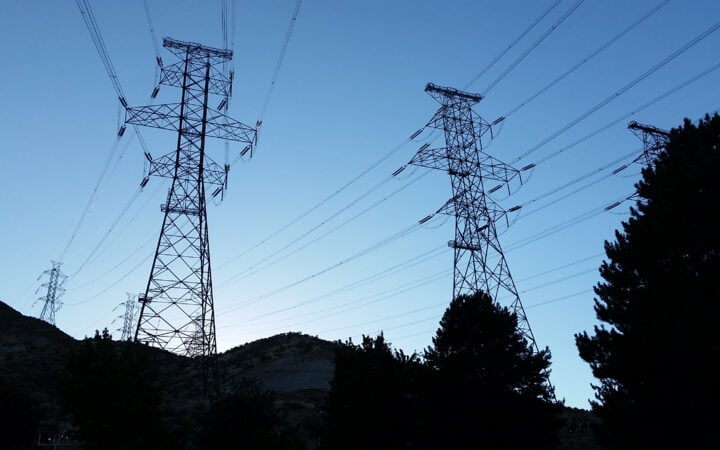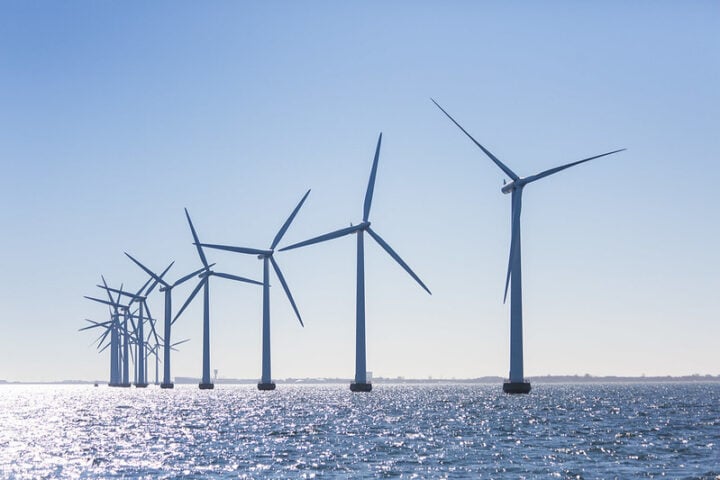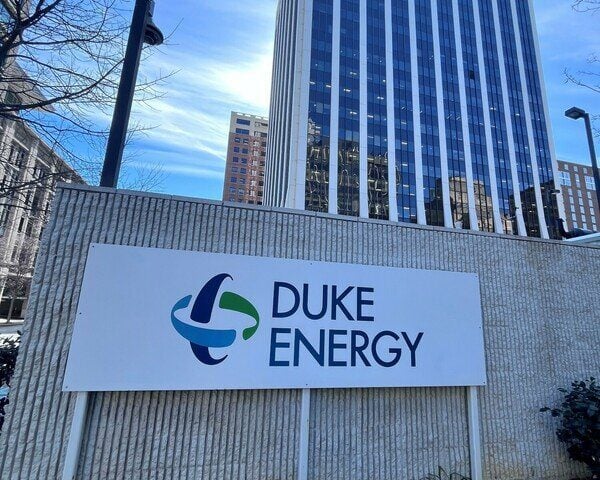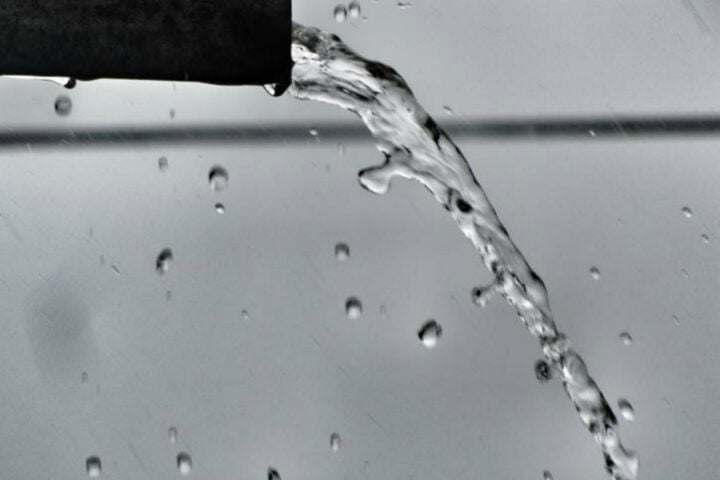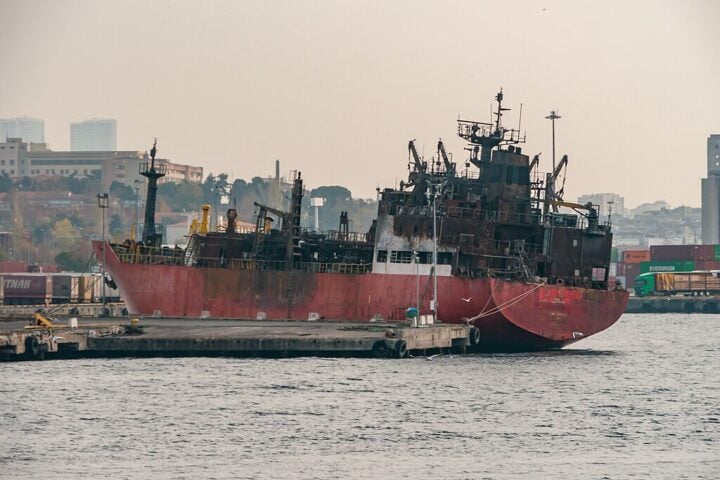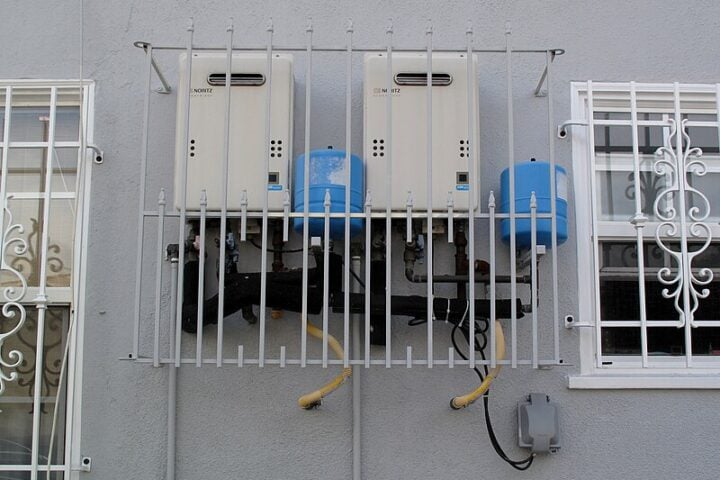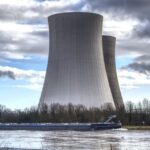In a significant stride for India’s nuclear journey, the Kakrapar Atomic Power Project has reached its full operational potential. Initially running at 90% since its commercial launch on June 30, 2023, the plant achieved 100% capacity by August 31, 2023. This milestone underscores India’s commitment to energy self-sufficiency and the harnessing of indigenous nuclear technology.
The Nuclear Power Corporation of India (NPCIL), a public sector enterprise, has been at the helm, spearheading the design, construction, and operation of this nuclear marvel. With a capacity of 700MW, KAPP’s Unit-3 stands as the first indigenously developed reactor at the site. The operations at this third unit commenced three years after its ‘first criticality’ event in July 2020, marking controlled nuclear fission. Highlighting it as a pivotal moment in India’s quest for energy independence, Prime Minister Narendra Modi lauded the efforts.
NPCIL’s vision doesn’t halt at KAPP. They are ambitiously constructing two 700MW pressurised heavy water reactors, encompassing Units 3 & 4. Furthermore, Kakrapar already boasts two operational 220 MW power plants. Reports suggest that the fourth unit at Kakrapar is on the brink of completion, having achieved an impressive 97.56% progress by July.
The ambitious roadmap of NPCIL includes the establishment of 16 additional 700MW nuclear plants across India. Showcasing India’s aggressive nuclear expansion strategy, these projects have received both financial and administrative green lights. Two such 700MW plants are making headway in their construction at Rawatbhata in Rajasthan and Gorakhpur in Haryana.
Similar Posts
The Indian Government’s vision transcends these immediate projects. They have sanctioned the construction of 10 more indigenously built PHWRs across four states, namely Haryana, Rajasthan, Madhya Pradesh, and Karnataka. The overarching objective is to catapult India’s nuclear capacity from the present 7.48GW to an impressive 22.4GW by 2031. The 700MW reactors, exemplified by the one at Kakrapar, are anticipated to be central to this vast expansion.
Currently, NPCIL operates a fleet of 23 commercial nuclear reactors, collectively generating 7480 MW. This ensemble includes Boiling Water Reactors, Pressurized Water Reactors, and VVER Reactors. With an eye on the future, NPCIL is poised to augment the grid with an additional 7500MW, with nine more reactors already under construction.
The Kakrapar plant, developed and operated entirely in-house, stands as a testament to India’s prowess in nuclear technology. The recent advancements at Kakrapar have garnered global interest, with experts keenly observing India’s nuclear trajectory.
As India embarks on this nuclear expansion, pertinent questions about the nation’s preparedness, safety protocols, and environmental considerations emerge. While the nuclear push heralds a brighter, energy-secure future, it’s paramount to strike a balance with sustainable practices.
The global community will be intently observing how India navigates this nuclear growth, ensuring both safety and environmental harmony. With indigenous development at its core, India’s nuclear journey transcends mere power generation; it’s about technological self-reliance. As the narrative unfolds, it’s evident: India’s nuclear story is in its nascent stages, and the world is cordially invited to witness its evolution.
